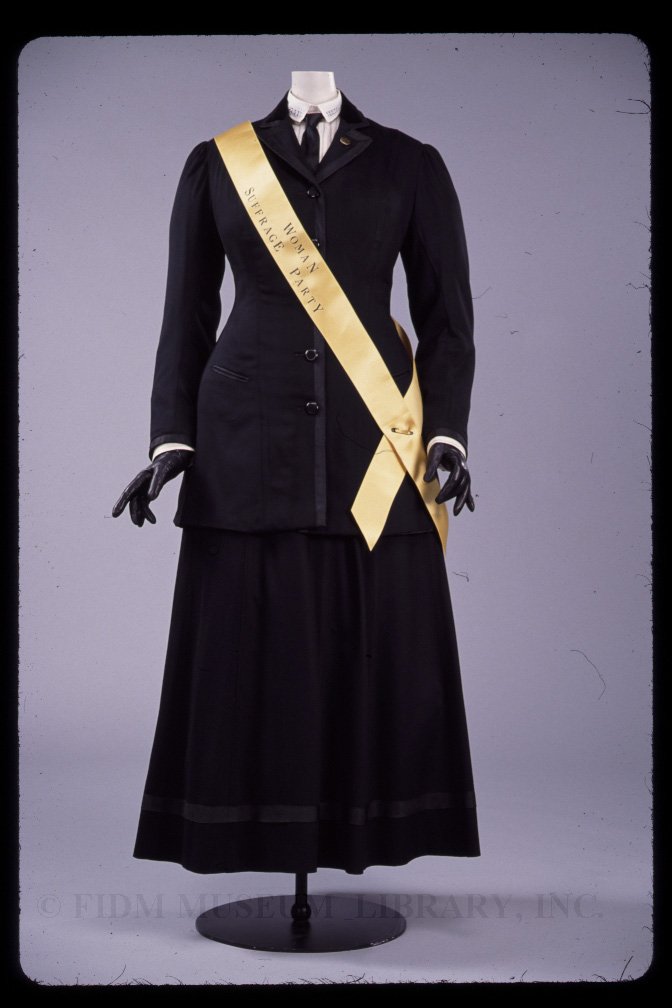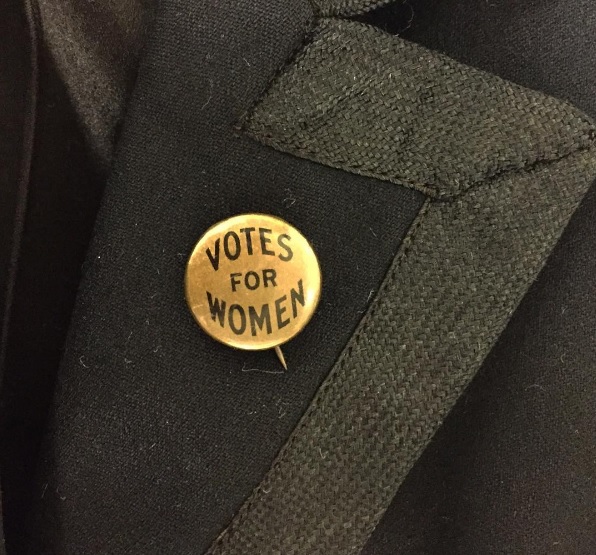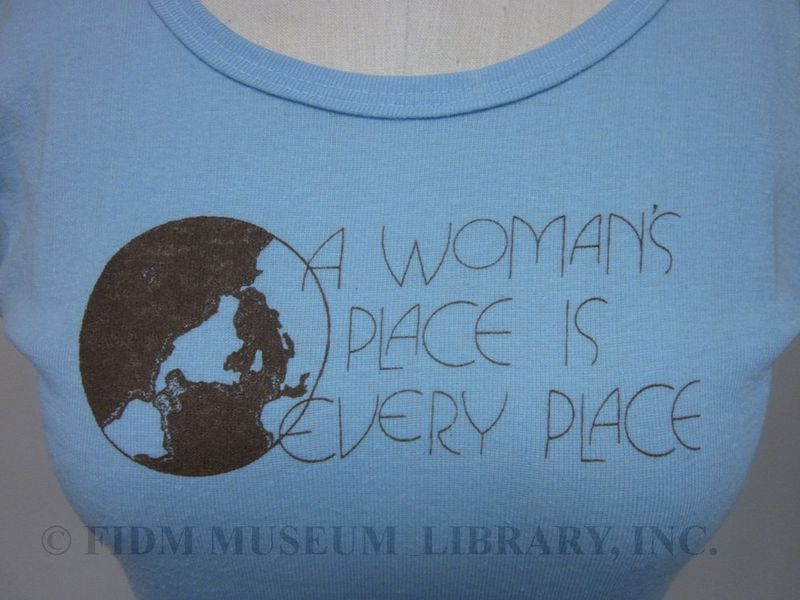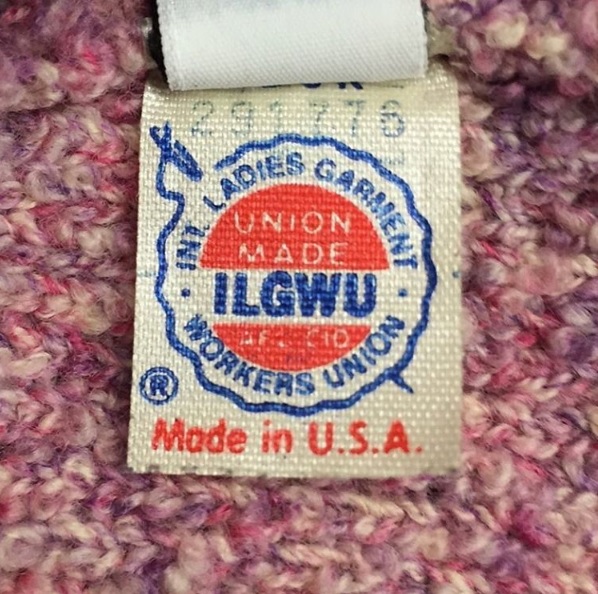We are happy to join the global celebration of International Women's Day! Although the exact origins of this annual holiday vary depending on the source, most historians agree its formation is tied to the textile and garment industry.
Much like the founding of the International Ladies' Garment Workers Union, International Women's Day was a response to the horrible working conditions found in factories during the Industrial Revolution. According to the United Nations, a 1908 demonstration of 15,000 New York City garment workers protesting poor wages, long hours, and dangerous working conditions inspired the creation of National Woman’s Day in 1909 by The Socialist Party of America.[1] In 1909, protests for suffrage and other women's issues were held around the country on the last Sunday in February, a day chosen to allow working women to join the gatherings. Speeches were given by prominent feminists such as Charlotte Perkins Gilman, who famously told the crowd in Brooklyn, “It is true that a woman’s duty is centered in her home and motherhood…[but] home should mean the whole country, and not be confined to three or four rooms or a city or a state.”[2]
In 1910, at the second International Conference of Working Women, German Socialist Clara Zetkin proposed the creation of International Women’s Day, a designated date all countries would recognize to further the cause of women, including the right to vote and improved working conditions.[3] The first International Women’s Day was officially celebrated in select European countries on March 19, 1911; tragically, the devastating Triangle Shirtwaist Fire occurred in New York City just six days later, highlighting the desperate need for updated labor laws and women’s rights campaigns. A consensus was reached in 1913 to recognize International Women’s Day on March 8.[4]
Perhaps the most shocking consequence of International Women’s Day came on March 8, 1917 (February 23 on the Julian Russian calendar) when thousands of Russian women, including garment and textile workers, protested for “Bread & Peace” in Petrograd, now St. Petersburg. As unrest increased and more industrial workers joined the demonstrations, the February Revolution was ignited, a pivotal event that eventually led to the Bolshevik Revolution.[5]
International Women’s Day was widely overlooked until a passion for social activism and women’s rights reemerged in the 1970s. The United Nations declared 1975 International Women’s Year, and made a resolution in 1977 to create a United Nations Day for Women’s Rights and International Peace to be observed by member states. In honor of today’s recognition of women’s history, struggles, and hope for the future, we share with you objects from our collection that relate to women's rights.
 Women's two-piece suit with "Votes for Women" stick pin (reproduction sash)
Women's two-piece suit with "Votes for Women" stick pin (reproduction sash)
c. 1917
Gift of Richard Narula
83.525.1A-C
 "Votes for Women" stick pin, c. 1917
"Votes for Women" stick pin, c. 1917
 Anvil t-shirt
Anvil t-shirt
c. 1975-80
Gift of Dorothy Washington Sorensen
2010.1110.209
 ILGWU tag from Adolfo Sardina suit, 1987-1989
ILGWU tag from Adolfo Sardina suit, 1987-1989
Gift of Patricia G. Waldron, M.D.
S2002.149.32A-D
"Jane Fonda For President" Political T-Shirt, 1970-1975
[1] United Nations website, “International Women’s Day,” http://www.un.org/en/events/womensday/history.shtml.
[2] Sarah Pruitt, “The Surprising History of International Women’s Day,” History.com, March 6, 2017, http://www.history.com/news/the-surprising-history-of-international-womens-day.
[3] International Women’s Day website, “About International Women’s Day,” https://www.internationalwomensday.com/About.
[4] “Russian Revolution,” History.com, http://www.history.com/topics/russian-revolution
[5] Orlando Figes, “The Women’s Protest that Sparked the Russian Revolution,” TheGuardian.com, March 8, 2017, https://www.theguardian.com/world/2017/mar/08/womens-protest-sparked-russian-revolution-international-womens-day.


